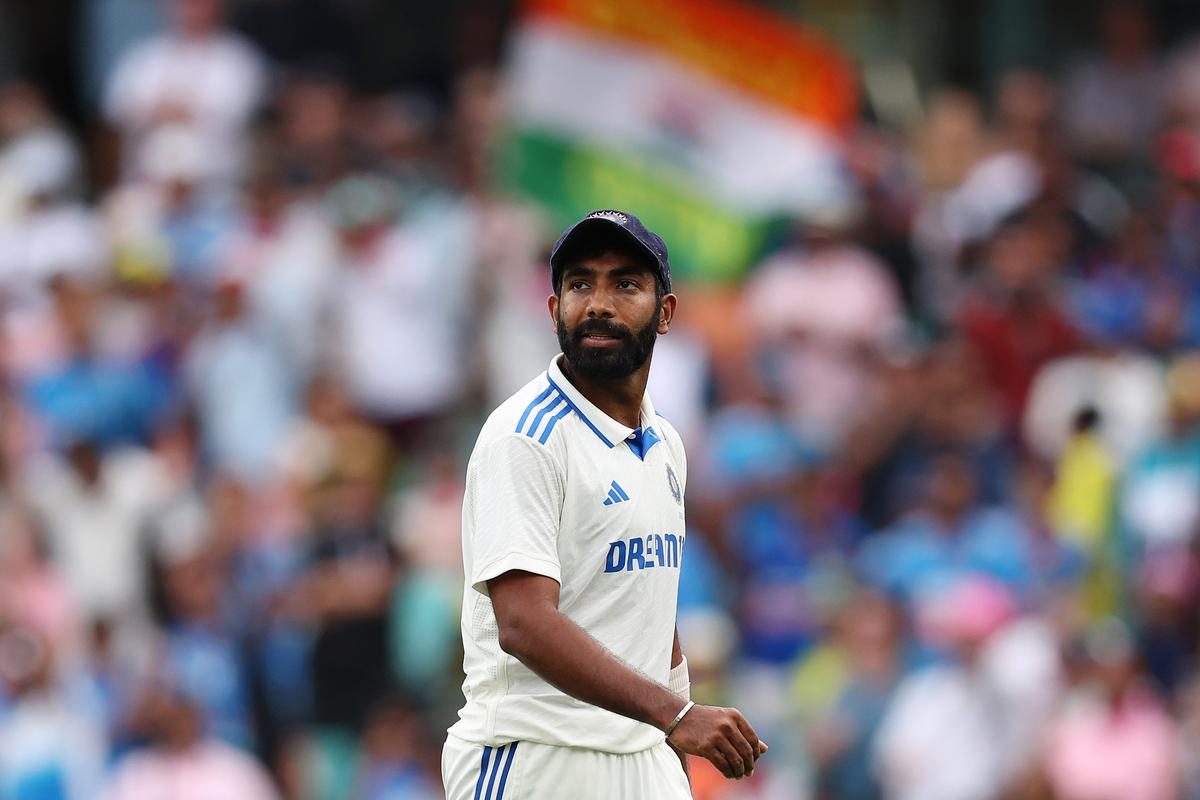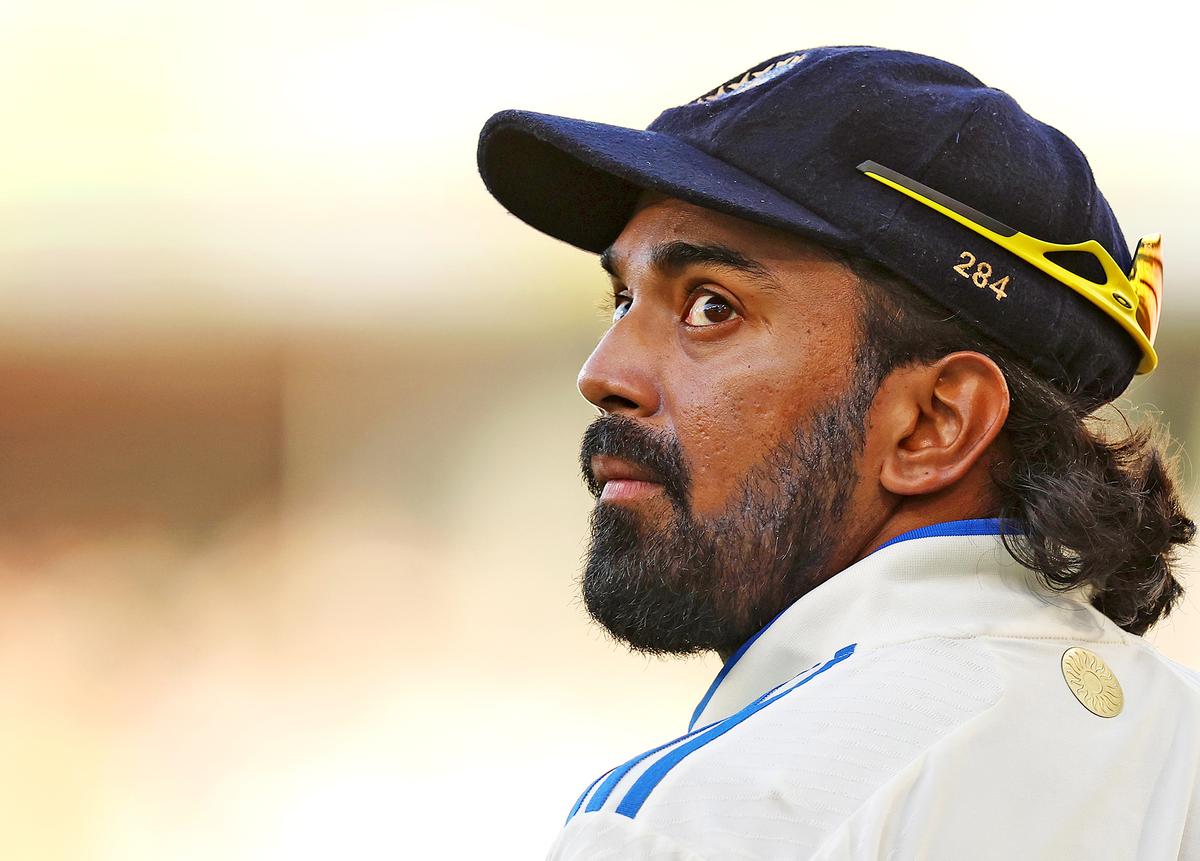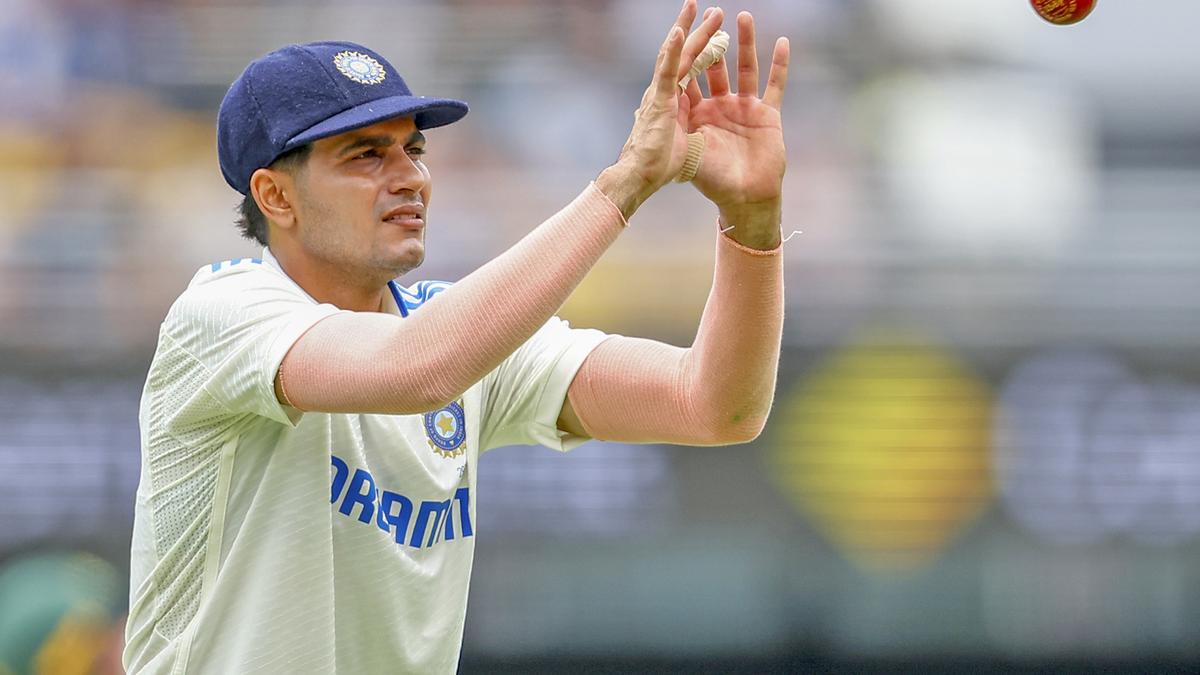Jasprit Bumrah was the last man to lead India to victory in a Test match. Jasprit Bumrah was the last man to lead India in a Test match, period. And yet…
And yet, Jasprit Bumrah isn’t really the front-runner to become India’s next Test captain, a position that lies vacant following the retirement from the longest version 12 days back of Rohit Sharma.
Historically, India haven’t had too many long-term ‘bowling captains’ in the five-day game. Bishan Singh Bedi, the magical left-arm spinner, led in 22 Tests between 1976 and 1978 (imagine that, India playing those many Test matches in that short a span). One of his partners in crime in the legendary spin quartet, S. Venkataraghavan, was the captain at two 60-over World Cups in England, in 1975 and 1979, though he helmed the Test side in only five of his 57 Test appearances.
Kapil Dev, the all-rounder non-pareil, was entrusted with the leadership role over two stints between 1983 and 1987 and Anil Kumble, arguably India’s greatest match-winner, finally received his due in 2007 when he succeeded his Karnataka teammate Rahul Dravid. But historically, India more than most countries haven’t been too kind to bowler-captains.
If Bumrah doesn’t necessarily fall in that bracket, it’s largely to do with one of the more fashionable terms in the modern cricketing lexicon, workload management. In his, and India’s, last Test at the Sydney Cricket Ground, the designated captain for the match after Rohit extraordinarily sat himself out of the game owing to form, Bumrah didn’t last the distance, laid low by a lower back injury that prevented him from bowling in Australia’s second innings with the Test and the series on the line. Identified later as a ‘stress reaction’, that injury kept him out of action for three months.
Bumrah has had issues with his back in the past as well, even needing corrective surgery in April 2023. Given that he is the unquestioned spearhead of the attack, no matter where they play, India must handle him with tact, care, caution and common sense. Not wrap him in cotton wool, no, but ensure that he isn’t bowled to the ground, that his body is ‘managed’ to prevent to the extent possible another flare-up of the back. Bumrah, him of the uniquely Bumrah action, is 31. He is a smart cricketer, a strong and deeply invested student of the game who will make – has already made – a terrific captain. But India need Bumrah the bowler more than Bumrah the captain.

Bumrah.
| Photo Credit:
FILE PHOTO: Getty Images
There is no guarantee, despite the long gaps between the first and second Tests and then the third and fourth Tests in England this summer, that the Gujarat pacer will play all five matches in India’s first Test outing in the post-Rohit-Virat Kohli era.
If he stays fit and gets through the series without missing a single game, fantastic. But if he does need a break to recharge mentally and to recover physically – which is a possibility whose degree of occurrence depends on one’s perspective – then it will necessitate somebody else stepping in temporarily for a game here, a fixture there, not the ideal situation as the national team embarks on a phase of rebuilding.
True, when the nominated captain is injured or banned (as they once used to be, largely for overrate infractions), their deputy is compelled to step in, but those are circumstances beyond one’s control. In Bumrah’s case, it is hard not to entertain fears about his body, not to believe that he might need to skip a Test in the middle of a series for obvious reasons. That, the need for continuity and a settled, stable leadership figure, more than anything else means the senior decision-making group within Indian cricket – chief selector Ajit Agarkar and head coach Gautam Gambhir primary among them – must turn to someone other than Bumrah, however much of a blow that might be to the latter’s aspirations and ambitions.
Who is that ‘someone other than Bumrah?’ In various quarters, it’s apparently a very straightforward choice – Shubman Gill, the Punjab batter who has run a brilliant ship with Gujarat Titans in this year’s IPL and who, by his own admission, loves the responsibility of the captaincy which, he says, keeps him involved in the game at all times.
Earlier this year, when the Board of Control for Cricket in India mandated that all international players must play domestic cricket around their national duties whenever possible, all of India’s big-ticket names turned up in the Ranji Trophy for their respective states. Rohit, at the time still the Test captain, was happy to play under Ajinkya Rahane in Mumbai’s defeat to Jammu & Kashmir, while Kohli’s skipper for Delhi against Railways was Ayush Badoni, who also led Rishabh Pant when the stumper turned out against Saurashtra.
But not so Gill. As he returned to the Punjab set-up for their showdown against Karnataka at the M. Chinnaswamy Stadium in Bengaluru towards the end of January, the 25-year-old wasn’t just happy, but also eager, to take over the reins. “Being the captain keeps you in the game all the time,” he reasoned at the end of the match in which he followed up 4 in the first innings with 102 in the second even though his team slumped to an innings loss. “As a person, I like to be involved in the game and what is happening. It brings out the best in me as a player when I am constantly involved in the game.”
Gill didn’t have a great first season as skipper at the Titans last year when he took over from Hardik Pandya, but this year, he has come in for special praise for his running of the ship, for his calmness and poise under pressure, for his smart decision-making and for his man-management and tactical nous.
In so many ways, captaining an IPL franchise is perhaps a lot more challenging than captaining an international outfit and Gill has had a reasonable run as skipper. He was Rohit’s deputy at the Champions Trophy which India won in Dubai in March, he led the Indian team during a five-match Twenty20 International tour of Zimbabwe in July which the visitors clinched 4-1. He has time on his side, he can grow into the role with the support of his head coach and other senior members in the side, there are so many boxes he ticks that it will be tempting to stop looking beyond him straightaway.
But as Mahendra Singh Dhoni so famously said so many years back, in India, every compliment is followed by a ‘but.’ In Gill’s case, the refrain must be: ‘But his record outside the subcontinent is quite ordinary, isn’t it?’
Overseas struggles
It is too, one must admit. Gill’s Test debut in Australia in 2020-21 was an unqualified success. As one of several inexperienced members of a team that kept losing established names at an alarming regularity – one after the other, Virat Kohli, Mohammed Shami, Ravindra Jadeja, R. Ashwin, Hanuma Vihari and Bumrah were ruled out at various stages for one reason or the other – Gill more than held his own, finishing with 259 runs and an average of 51.80 in his three appearances. In the euphoria of Pant’s sensational unbeaten 89 that muscled India to the Gabba heist in the decider, Gill’s fluent 91 that kickstarted the successful chase of 328 is largely a footnote.
But since that tour, Gill has struggled for impact while playing away from Asia. After that 91 in January 2021, his highest score in 18 innings in non-Asian countries is 36. He voluntarily moved down to No. 3 from his opening slot during the tour of the West Indies in July 2023, which is where he has batted exclusively in the last 22 months. Now, in Rohit’s absence, does he move one place up and back to the top of the order? Or, in Kohli’s retirement, does he move one place down to No. 4, a position embellished in the last three decades by Kohli and before him the peerless Sachin Tendulkar? Will captaincy reignite his fondness for big runs outside Asia? Or will it weigh him down and will his frustrations mount in the event of runs continuing to be hard to come by?
And so, if not Gill, then who? Maybe someone who has led the country previously, and in all three formats at that? Maybe the senior most specialist batter in the side? Maybe the one who made his Test debut in December 2014, scored a century in his next Test a week later and had an international ton in each of the three formats in a little over 18 months after first representing the country?

Rahul.
| Photo Credit:
FILE PHOTO: Getty Images
Why not K.L. Rahul? Rahul has played 58 Tests, but like Gill (35.05 in 32 Tests), he also has a middling average – 33.57 which, by all accounts is a good 12-15 runs per innings less than where it should be. There is one school of thought that believes he is batting at his best now, freely and without mental shackles, and that he should be left to do just that. Then, there is the other which insists that the state of his mind that has sparked a batting revolution of sorts is precisely what is calling out for the Test captaincy to be conferred on him. Rahul is only 33, and can perhaps help Gill and Pant through a period of apprenticeship after which, maybe two years on, the reins can change hands.
India have alternated between solid succession plans – Dravid after Sourav Ganguly, Dhoni after Kumble and Kohli after Dhoni – and the odd left-field punt, such as Ganguly succeeding Tendulkar when the latter quit in early 2000. As they prepare for life after (Test captain) Rohit, a tricky road – of transition and to redemption — lies ahead. Will Gill fit the bill?’
Published – May 18, 2025 10:45 pm IST

